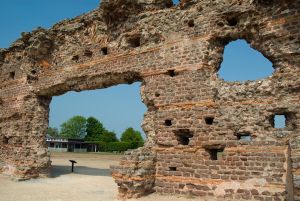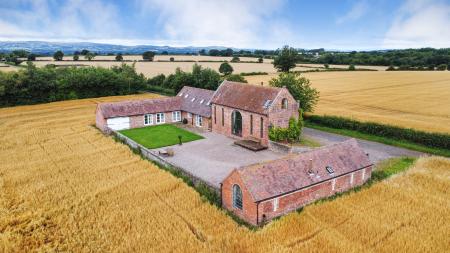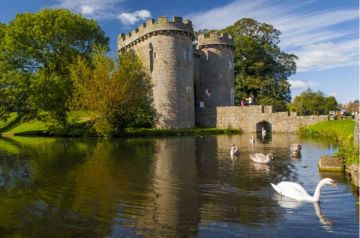
Such was the public interest in the subsequent excavation of Wroexter that the landowner donated the site to the public, making it one of the very first archaeological sites in Britain to become a tourist attraction regularly open to visitors.
Viroconium began as a legionary fort. A settlement grew up around the fort, and became a thriving city of great importance, numbering in excess of 5000 inhabitants at its height. Most of the population that swelled this new city came from the ranks of retired legionaries and tradesmen. The city grew to cover an area of some 73 hectares and acted as the tribal capital of the Cornovii. The civic areas were some of the largest in Britain, with the bath and forum occupying 2 entire insulae, or city blocks.
The most impressive remains to view include the municipal baths. These date from the 2nd century and stand beside a large exercise hall. After the Roman influence waned, the site became the headquarters of a British or Irish chieftain. Unlike many other Roman cities, Wroxeter was not redeveloped as a Saxon or medieval centre, with the result that we can more easily see the Roman layout of the city. Aerial photographs have also revealed the existence of a Romano-British temple.
Stones from Virocnium were used in the construction of Wroxeter parish church, a short distance away.








 We've 'tagged' this attraction information to help you find related historic attractions and learn more about major time periods mentioned.
We've 'tagged' this attraction information to help you find related historic attractions and learn more about major time periods mentioned.




